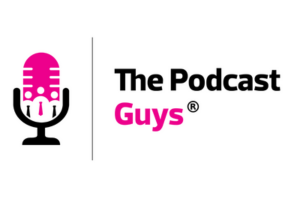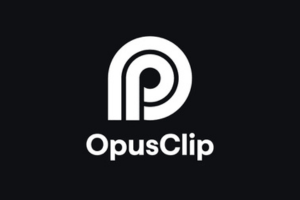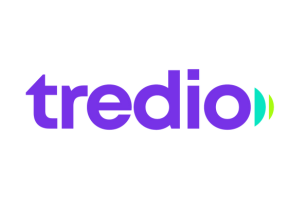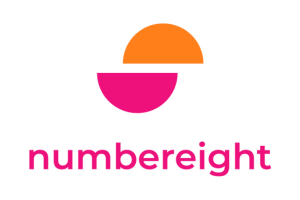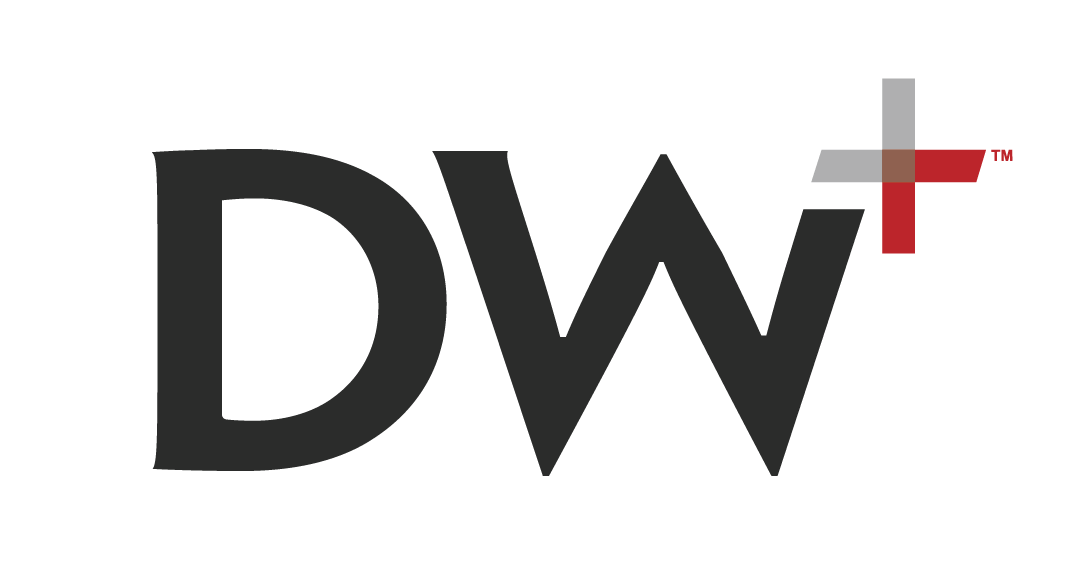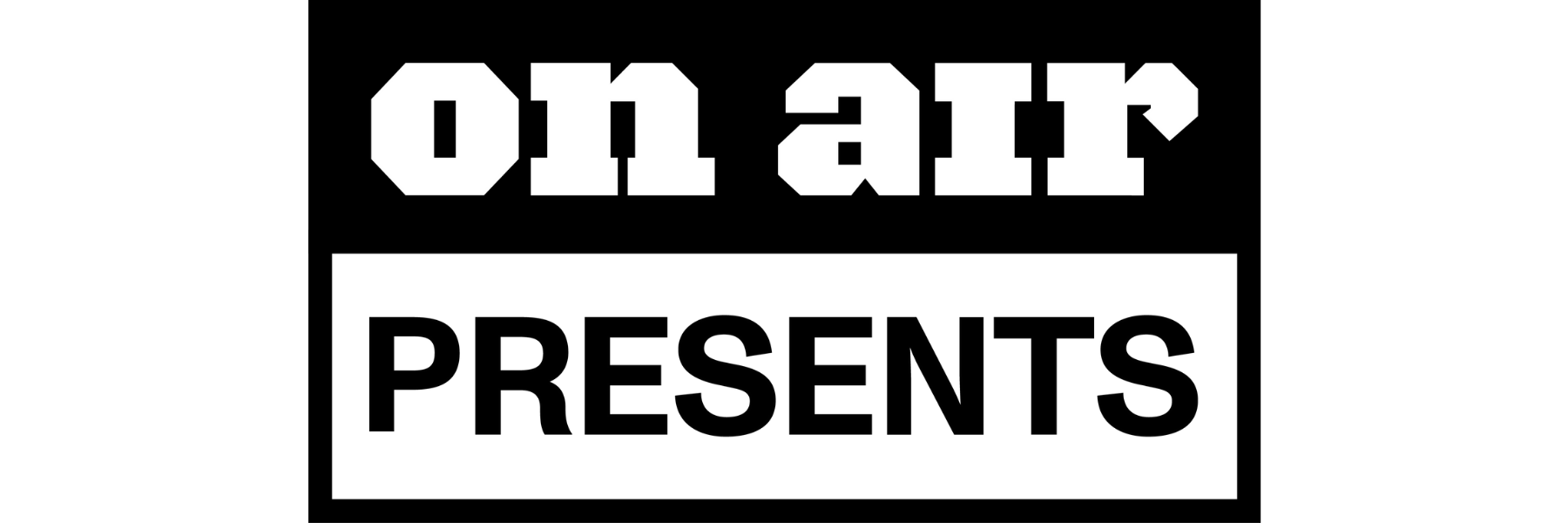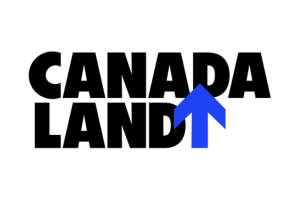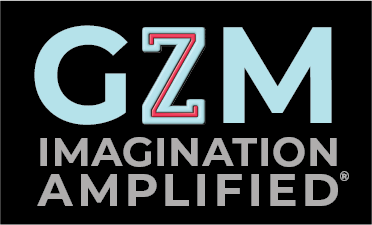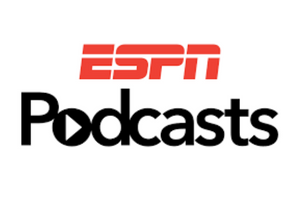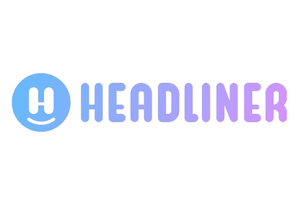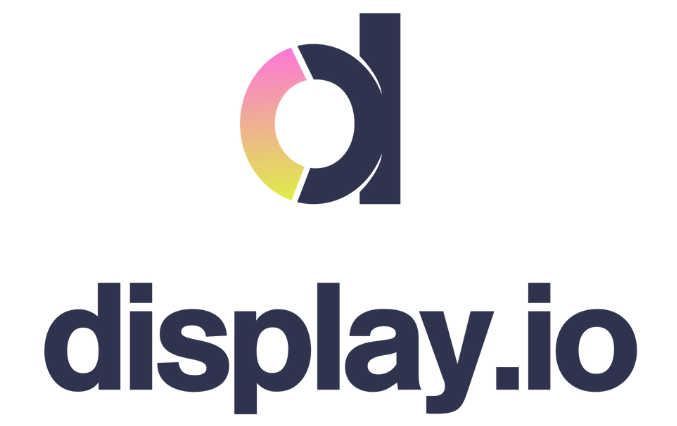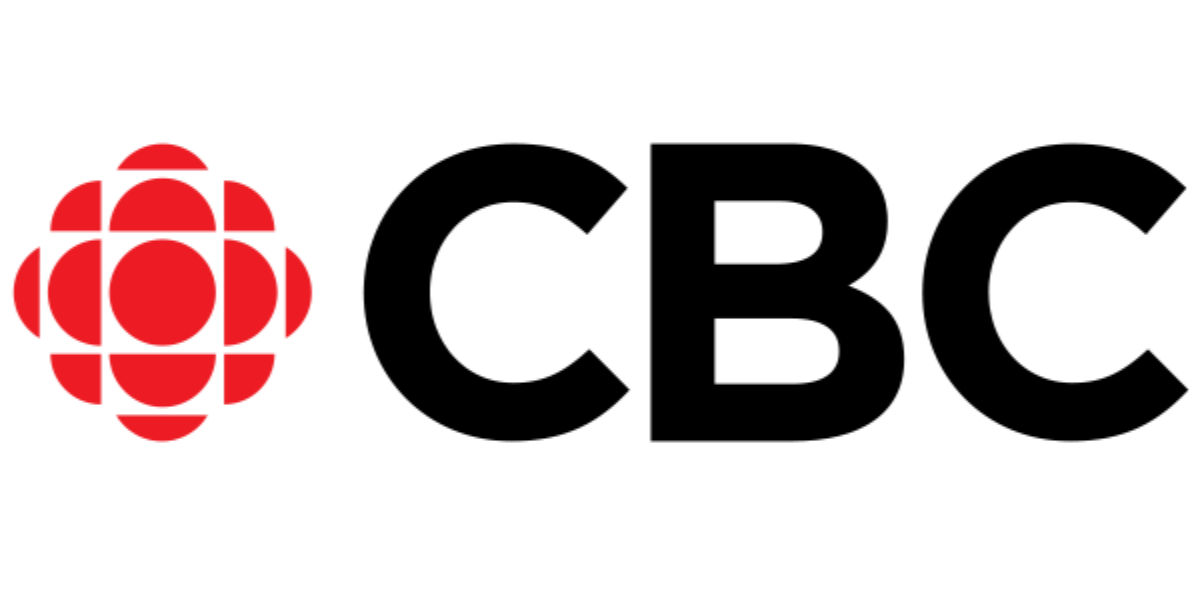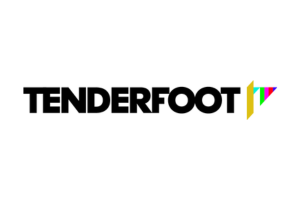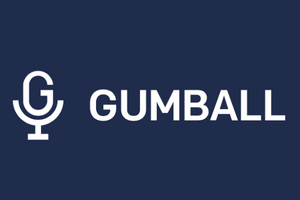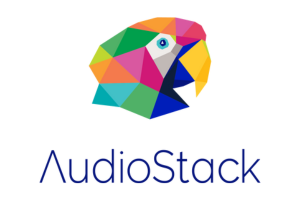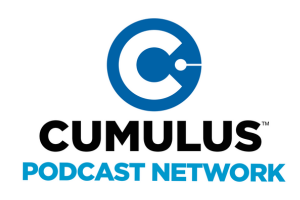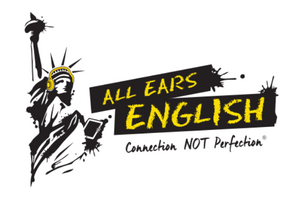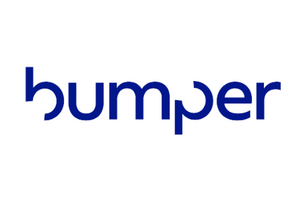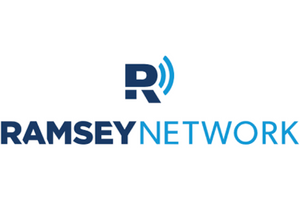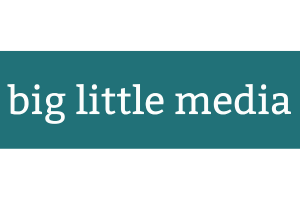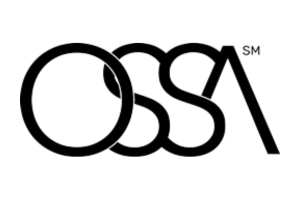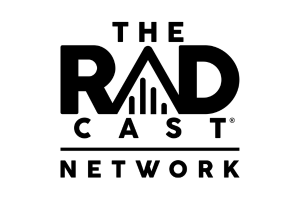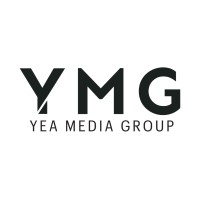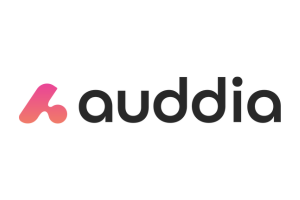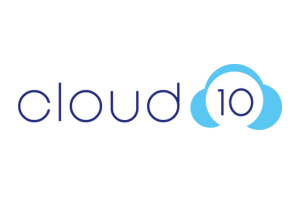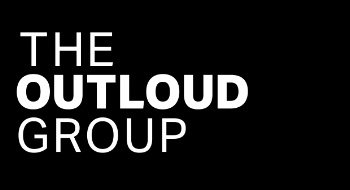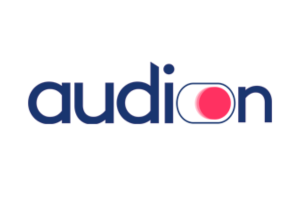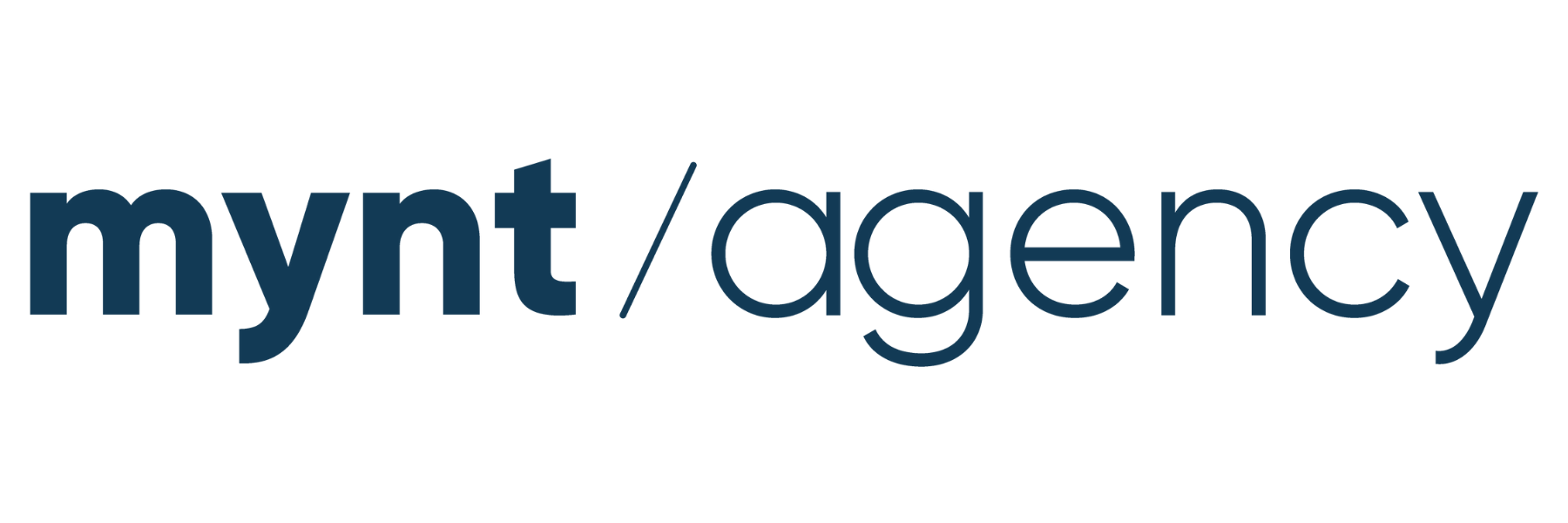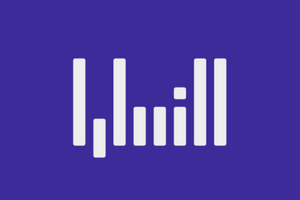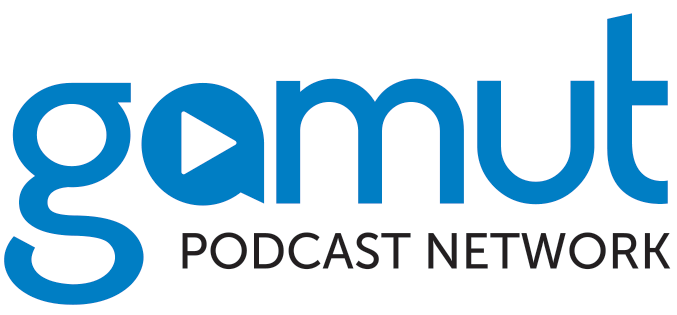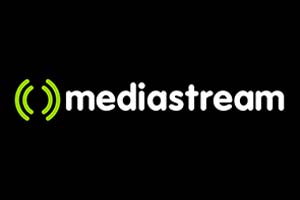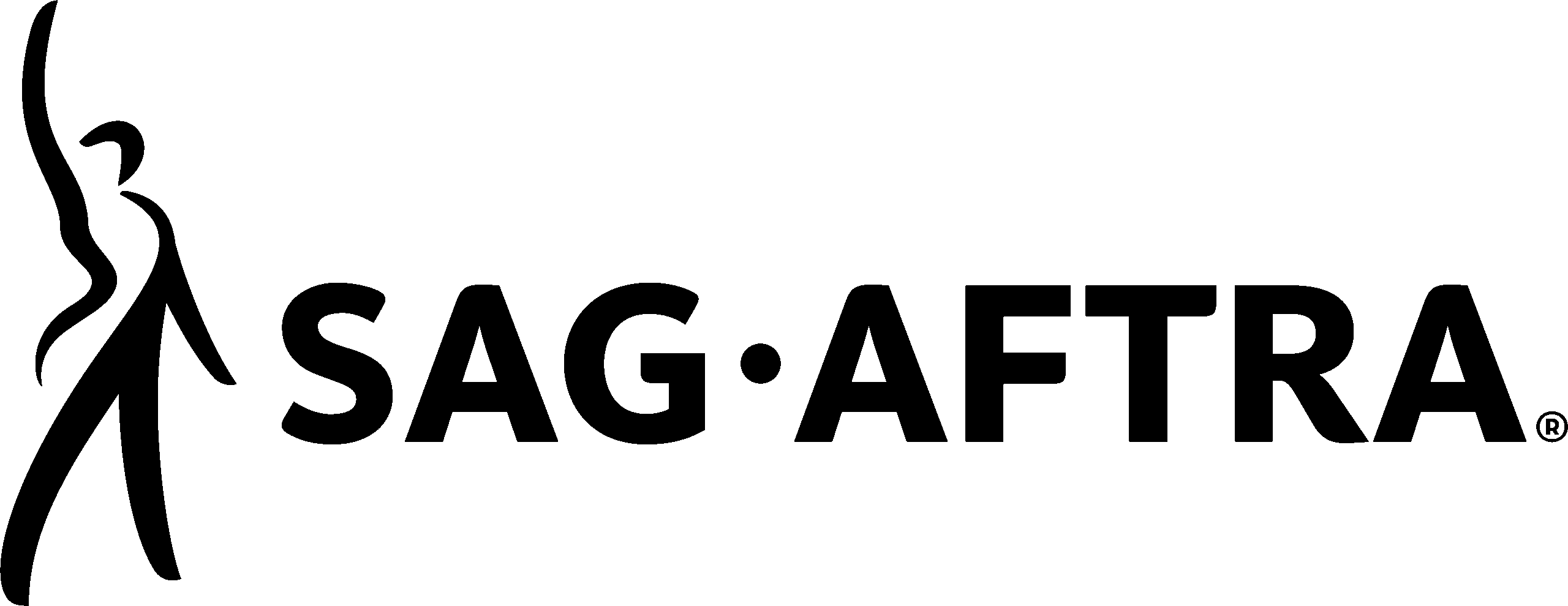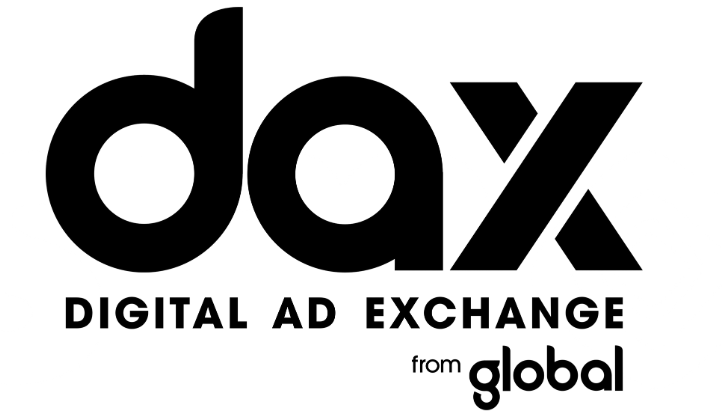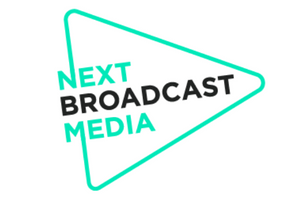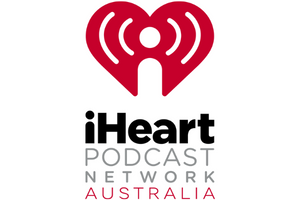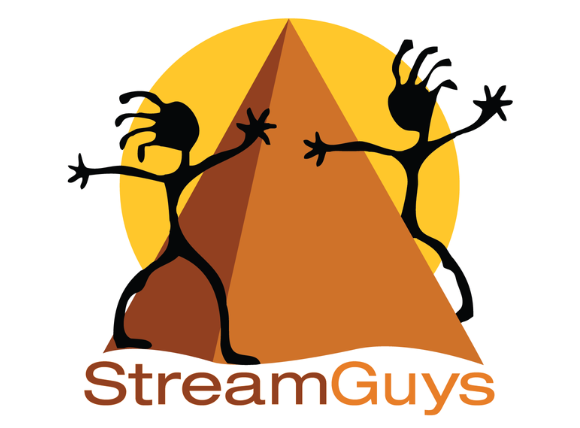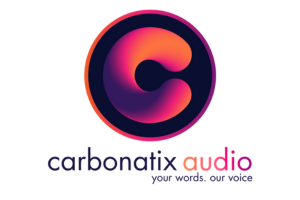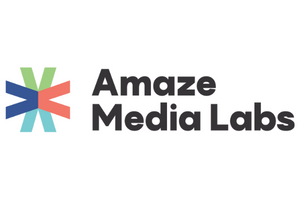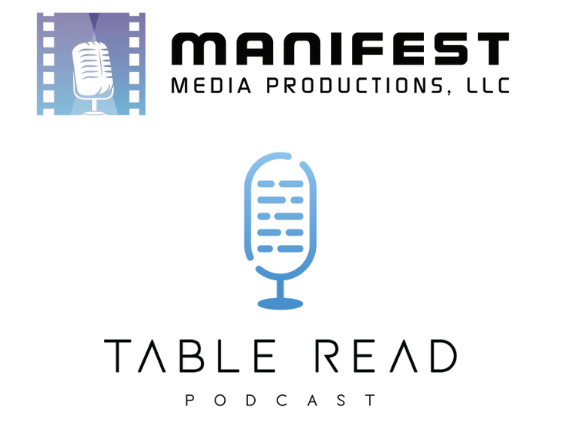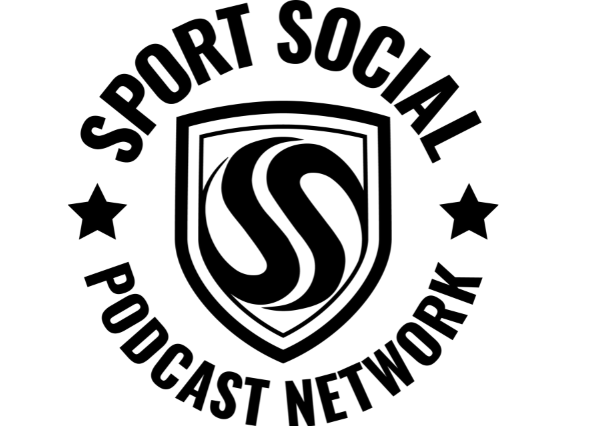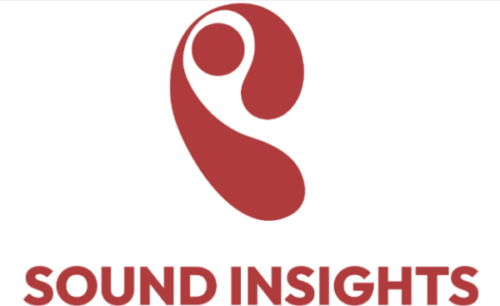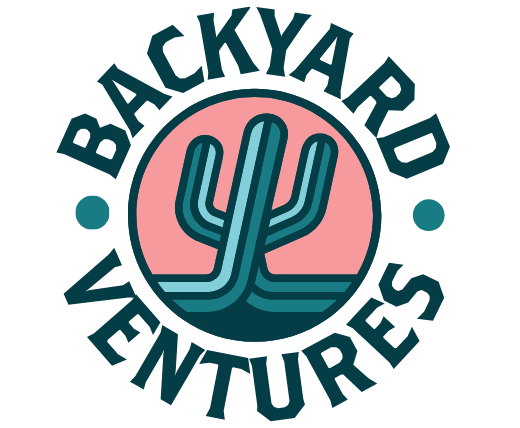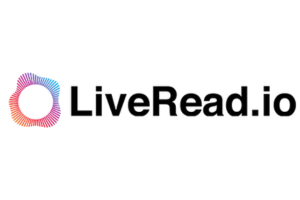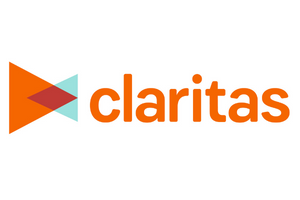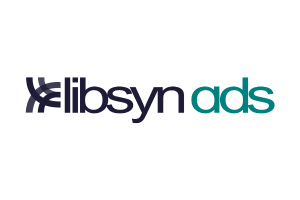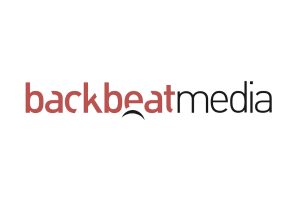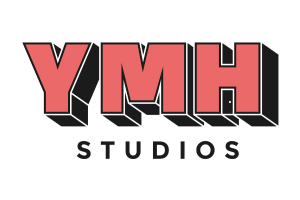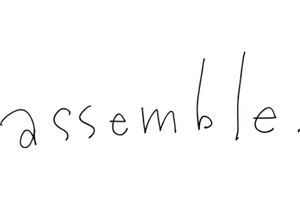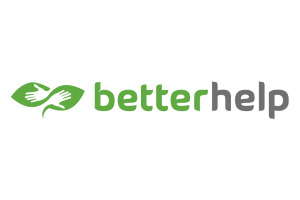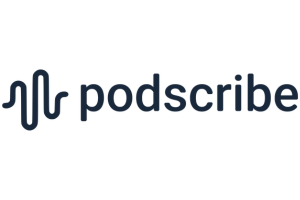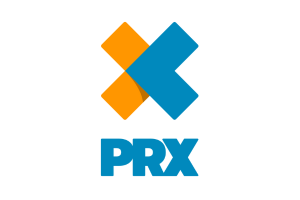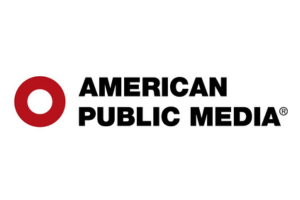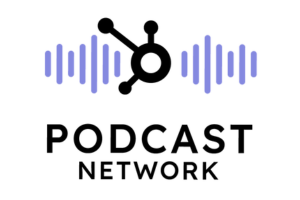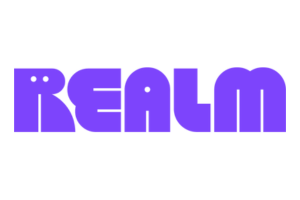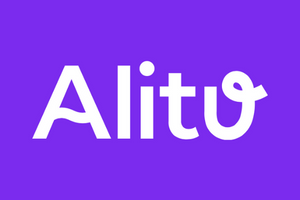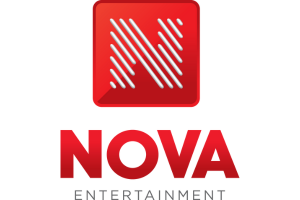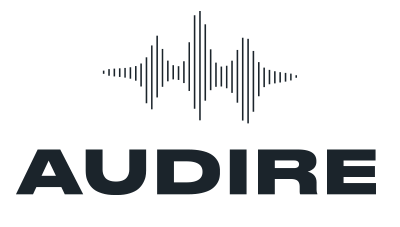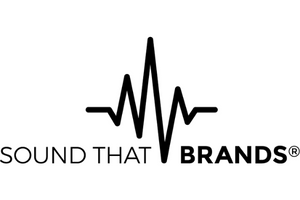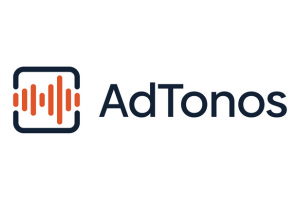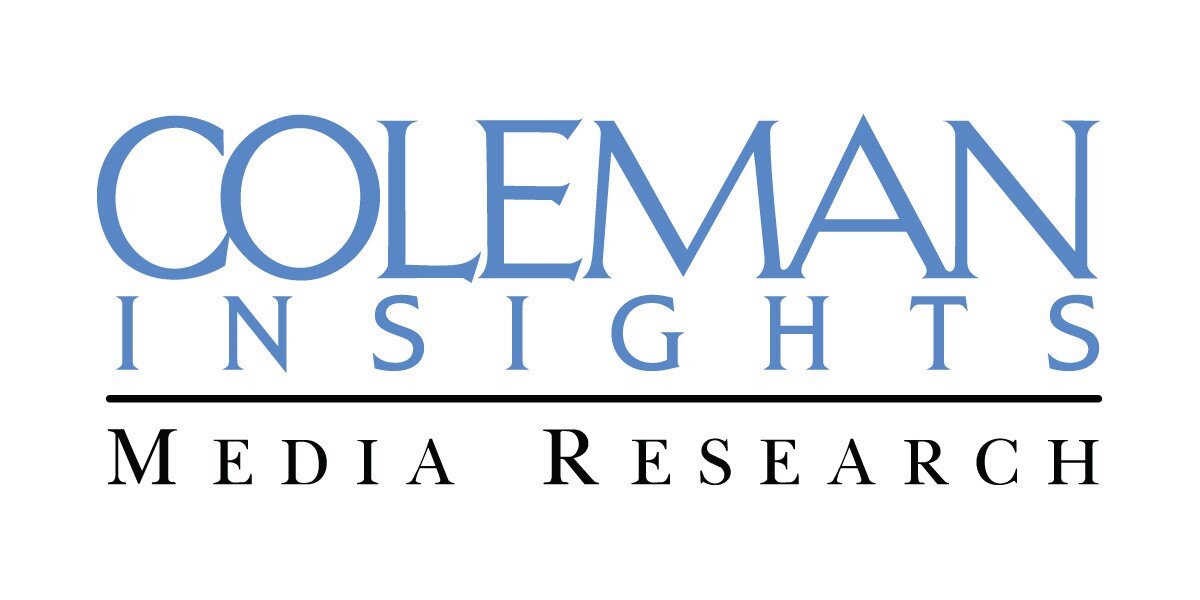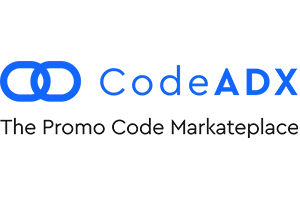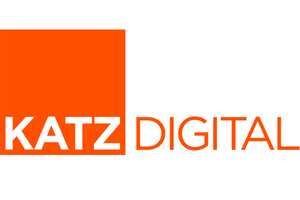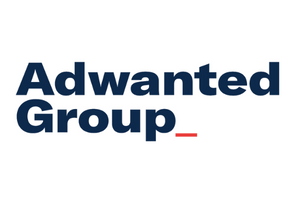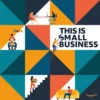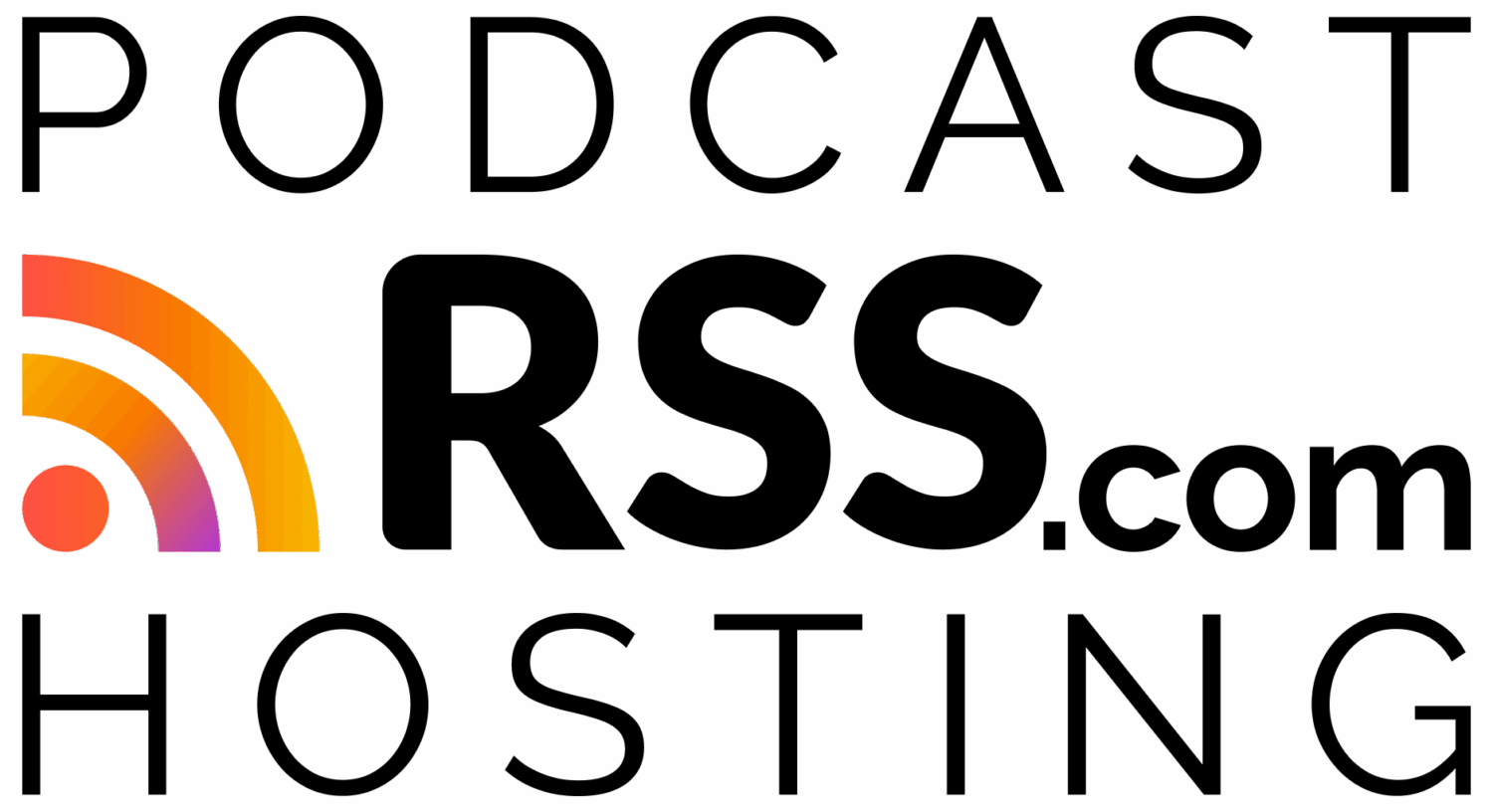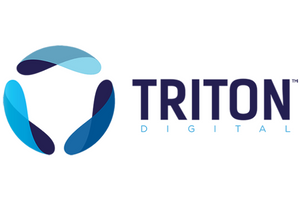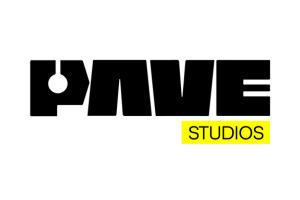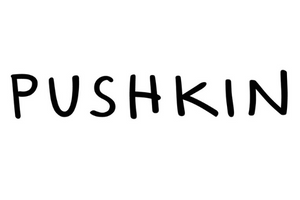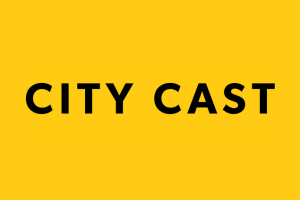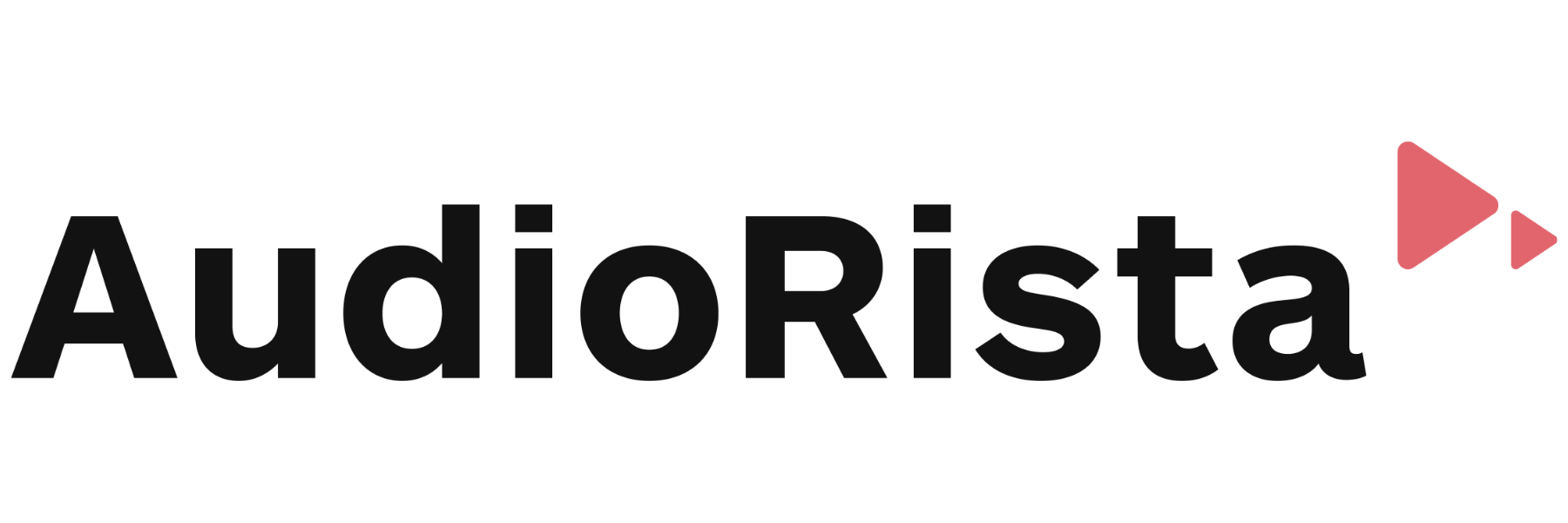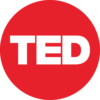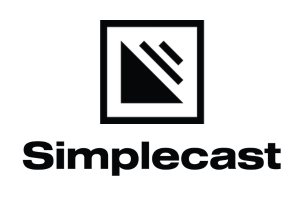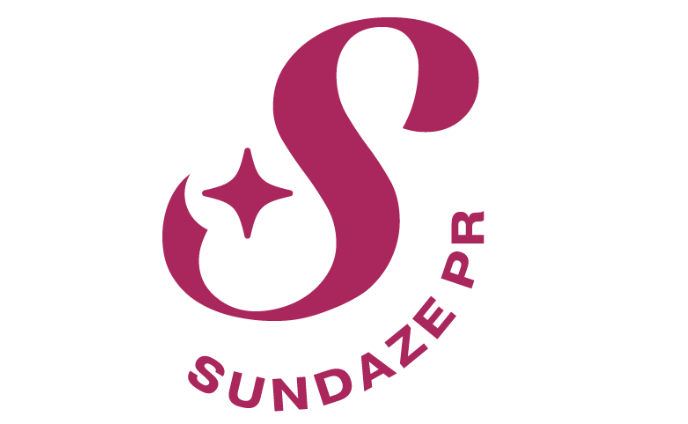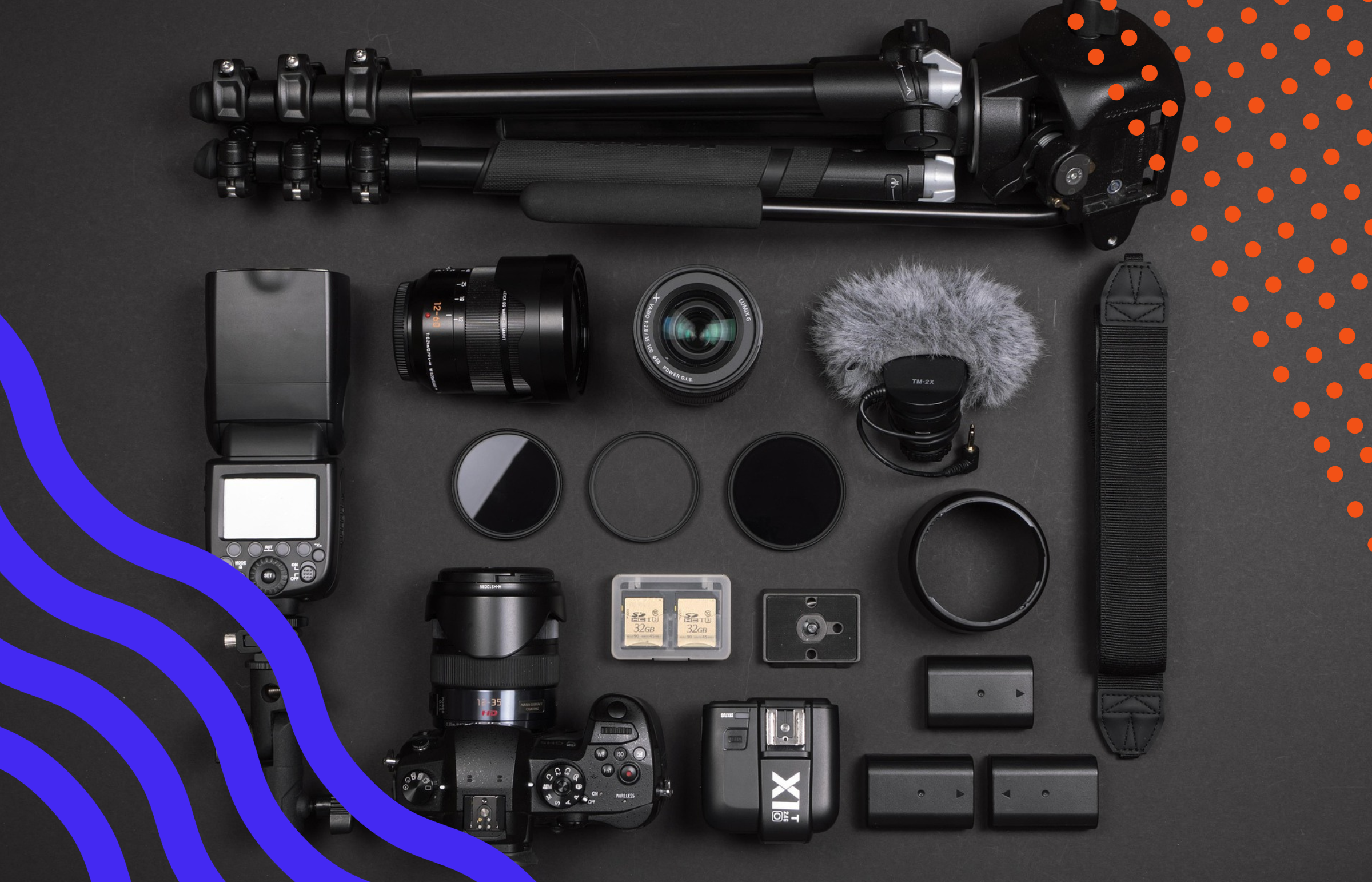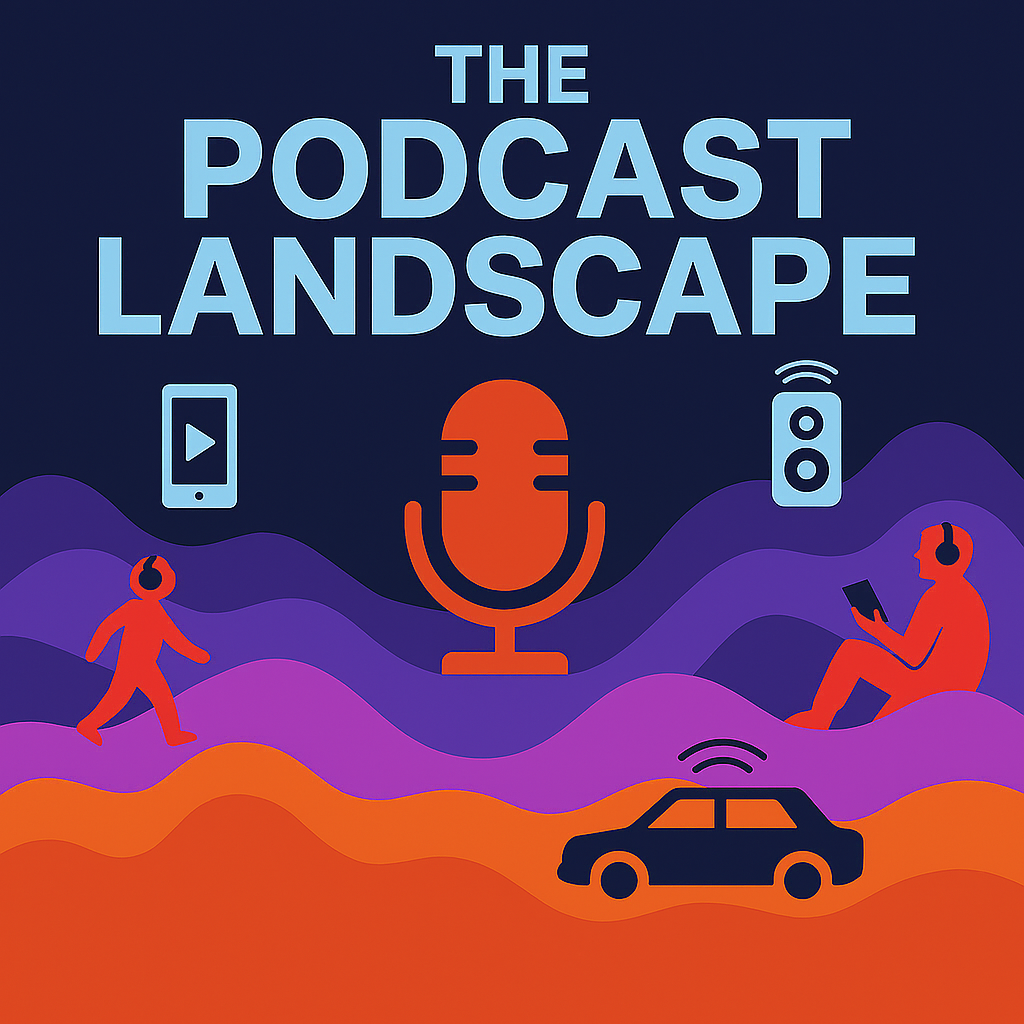Dialing In the Data
This Thursday from Tom Webster for Sounds Profitable: Edison Research recently published their annual Infinite Dial study, which has been covering podcasting since 2008. One slide in particular, charting monthly podcast consumption among the total US population aged 12+, has been getting a lot of buzz online.
The slide charts % of Americans who have listened to or watched a podcast in the past month, with data for each year since 2008. 2025 marks the first time the study has specifically asked questions in the survey that delineate between simply having consumed “a podcast” and those who specifically say they watched a podcast. Making the 2025 entry on the graph the first that’s subdivided with that information, with 48% having listened and/or watched a podcast, while the remaining 7% is exclusively video podcast consumption. A quote from Webster’s article:
“Let’s dispense with the most wrong interpretation I’ve seen, that this shows the growth of video podcasting. It does not. There is exactly one data point that breaks out a video podcasting audience, and it takes at least two to show growth. I hope no one would argue with that! But the other, only slightly less wrong interpretation is that it shows overall growth. It doesn’t really do that, either. If you look at the listening data, it shows an increase of one percentage point from 47 to 48, which is within the margin of error for this kind of research and not statistically significant. It could be growth, but it isn’t something you can definitively say from these data.
The same dynamic is present in the weekly data, which again shows an additional, new chunk of video-only podcast consumers, and a percentage point increase in the rest of, again, one percentage point. Where people are going to trip themselves up here, absent the full context provided by the webinar, is in the audience estimates: last year, the monthly slide estimated the monthly audience at 135 million; this year, 158 million. And it’s hard to disabuse people of the notion that this doesn’t represent significant growth. But it doesn’t. It merely reflects the fact that the estimates for the last few years did NOT include this additional video-only audience, and were thus understated, and we will never know by how much.”
He points to the importance of ensuring podcasting is converting new audiences into die-hard podcast consumers, as simply growing podcasting’s reach is not an infinitely-renewable resource. There will come a day when podcast reach does not continue to grow. He calls for increasing consumer engagement by reminding them frequently of the unique qualities and benefits of podcasting.
Podcasting is in an incredibly privileged position of being a hobby, pastime, or special interest that is not directly in competition for the time spent with other hobbies. Podcasts are largely enjoyed during drive times, commutes, and while doing household chores. You cannot practice your swings at a batting cage while also doing the dishes, you cannot build meticulous Mobile Suit Gundam models on the subway. You can do all four of those activities with a podcast going in your ear. As Webster said during his Evolutions keynote speech, listening to a podcast is not spent time, it’s found time.
Podcast, what’s in a name?
This Wednesday Oxford Road CEO Dan Granger gave a keynote address to kick off day two of Evolutions by Podcast Movement in Chicago. The keynote followed the same findings and message of a white paper published that morning titled What is a Podcast? Preserving its Essence, Structuring for Expansion
The report is built off an Edison Research study surveying 4,000 Americans, as well as 30+ creatives, executives, and thought leaders. The goal of the survey and interviews was to reach a clear, workable definition of podcasting. Also debuted during the talk was a trailer for a companion three-part series What’s a Podcast?: The Revolution Redefined, interviewing industry leaders about the formerly audio-first industry’s identity issue as the phrase “what is a podcast” gets murkier over time.
In his presentation, Granger highlighted that a lack of measurement standards and common definitions is causing podcasting to move backwards in some ways. Areas of podcast advertising that were thriving are muddied with the addition of video and a lack of standardized measurement capabilities. Which could potentially frighten away brands who were previously spending on podcasts.
Granger’s keynote included a new, thorough description for both the noun “podcast” as well as a companion description for “video podcast.” For the sake of brevity, he also provided a quick and easy version: “If it works with your eyes closed, it’s a podcast.”
Podcast Creators Grade Hosting Platforms
This Wednesday from Podnews editor James Cridland: Every year Podnews asks the public for their thoughts on podcast platforms, both on what they’re doing well and what could be improved on. In-app promotion and lack of editorial curation was a common theme, with Apple Podcasts perceived as a place primarily putting big names and studios in recommendations. There also is a desire for YouTube’s algorithm-based recommendations to be supplemented by editorial curation from a team of real people.
Another recurring topic in feedback expressed a deep desire for universal standards in podcasting. A quote from the report card:
“A recurring theme throughout the comments here was that nobody measures the same thing. Neither Apple, Spotify or YouTube uses IAB compliant statistics, and creators find this complicated and confusing. Hopefully we can start putting pressure on podcast platforms to, at least, produce IAB-compatible stats.”
The results of the report card have been made available to platforms with the over 700 user comments anonymized, but given country codes to provide global context. According to Cridland’s debut presentation at Evolutions by Podcast Movement, Apple, Google, Amazon, and Spotify have all expressed interest in being sent the full data.
Spotify Ups their Ad Game
This Thursday from Spotify: At their upfront-esque Advance event, Spotify debuted a new programmatic offering called Spotify Ad Exchange. In addition, they’ve also revealed a generative AI tool for making ad creative called Spotify Gen AI Ads, which will enable users to make scripts and voiceover in Spotify’s Ad Manager. According to AdWeek’s coverage, the SAX is currently integrated with The Trade Desk and DV360, and will soon also be available through Yahoo’s DSP, Adform, and others.
The event has garnered a fair bit of attention, including coverage in The New York Times, AdAge, and The Hollywood Reporter.
Gavin: Finally, it’s time for our Quick Hits. These are articles that didn’t quite make the cut for today’s episode, but are still worth including in your weekend reading. This week:
- charts.mowPod.com, a free podcast ranking tracker hosted by mowPod, has announced a slate of quality-of-life updates (including faster speeds, weekly email alerts, dynamic chart scaling, and a light/dark mode toggle), all of which were requested via direct feedback from podcasters.
- Signal Hill Insights has announced a new Video Podcast Brand Lift research solution aimed at helping advertisers measure ROI on YouTube for upper and mid-funnel measures (such as awareness, favorability, and purchase intent).
- Triton Digital announced they are adding survey-based listener rankings to the existing U.S. Podcast Ranker. In addition to the usual monthly ranker based on downloads tracked by Triton Digital, every quarter that will be supplemented with a nationally-representative survey that includes all publishers and podcasts.
- True Native Media founder Heather Osgood has returned to the Sound Off Podcast, offering advice such as encouraging podcasters to focus on mid-level companies within their respective industries instead of immediately gunning for large, hard-to-reach brands.


